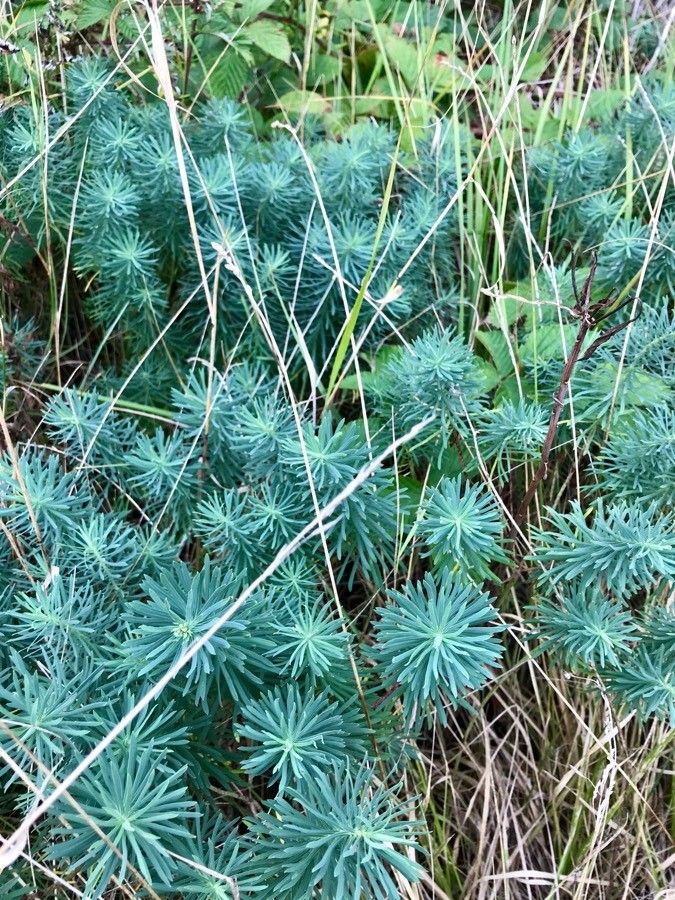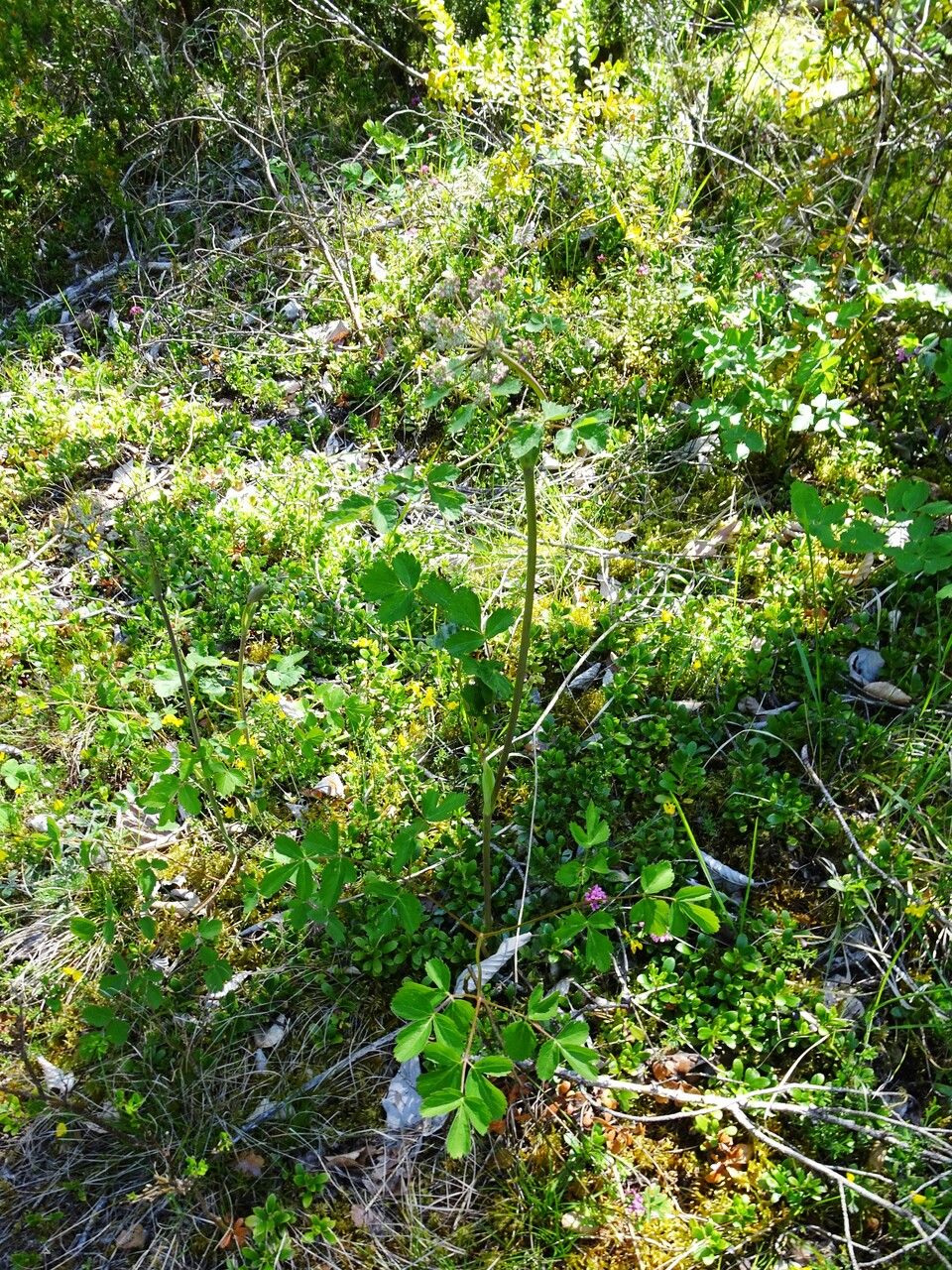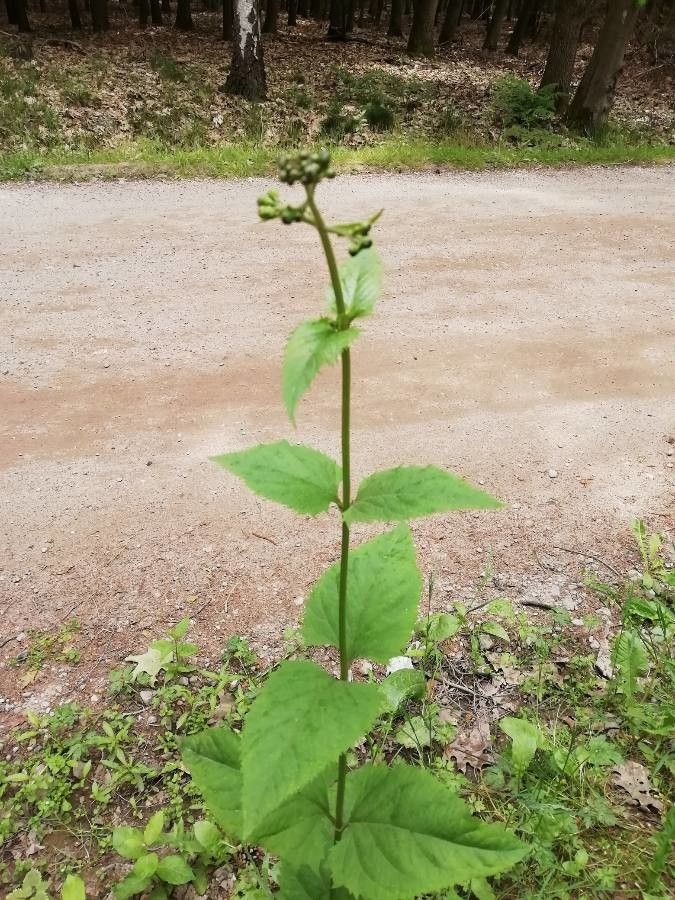## Cypress Spurge: A Comprehensive Guide
The Cypress Spurge, a member of the Euphorbiaceae family, is a fascinating and relatively low-maintenance plant that adds unique texture and visual interest to gardens and landscapes. Its striking appearance, often featuring grayish-green foliage and a subtly architectural form, makes it a popular choice for those seeking something a bit different.
### Botanical Information
Scientifically known as *Euphorbia cyparissias*, Cypress Spurge is a perennial herbaceous plant native to Europe and Asia. It's characterized by its slender, needle-like leaves that densely cover its stems. These stems typically grow in a sprawling, mounding habit, creating a visually appealing ground cover or border plant. The plant's small, inconspicuous flowers are typically yellow-green and appear in spring or early summer.
### Habitat and Growth
Cypress Spurge thrives in sunny to partially sunny locations. While adaptable, it prefers well-drained soil. It is remarkably drought-tolerant once established, making it a low-maintenance option for xeriscaping and other water-wise gardening practices. It can spread readily via its rhizomatous roots, potentially becoming invasive in some environments. This characteristic should be considered before planting it, especially in areas with limited space or sensitive ecosystems. Careful monitoring and control may be necessary to prevent its spread.
### Soil Needs and Planting
As previously mentioned, well-drained soil is crucial for the healthy growth of Cypress Spurge. Heavy clay soils should be amended with organic matter like compost to improve drainage. The plant tolerates a wide range of soil pH levels, although slightly alkaline conditions are generally preferred. When planting, ensure that the surrounding area is free of competing weeds which can hinder the establishment of Cypress Spurge.
### Care and Maintenance
Cypress Spurge is remarkably low-maintenance once established. Regular watering is only necessary during extended periods of drought, particularly in the first year after planting. Fertilization is generally unnecessary; over-fertilizing can actually lead to excessive growth and reduced resilience. Pruning can be done to maintain size or shape, especially to control its spread. This is best accomplished in early spring or late fall. Be mindful that the sap of Cypress Spurge can be irritating to the skin; it's advisable to wear gloves when handling the plant.
### Potential Uses in Landscaping
Due to its drought tolerance and spreading habit, Cypress Spurge makes an excellent ground cover for slopes or areas where other plants might struggle. It can also be used as an edging plant for pathways or flower beds, adding a unique textural element. It's important to note, however, its invasive potential and plan accordingly.
### Pests and Diseases
Cypress Spurge is generally resistant to most pests and diseases. However, it's always a good practice to monitor for signs of infestation or disease and take prompt action if necessary. Good soil drainage is critical to prevent fungal problems.
### Conclusion
Cypress Spurge offers a unique and attractive addition to any garden that can tolerate its spreading nature. With its minimal care requirements and striking appearance, it is a rewarding choice for both novice and experienced gardeners. Remember to choose its location wisely and manage its growth to prevent it from becoming invasive.
Cypress Spurge: Complete Guide & Care Tips

Frequently Asked Questions
How do I care for Cypress Spurge?
Cypress Spurge is remarkably low-maintenance. Provide well-drained soil, minimal watering (especially once established), and avoid over-fertilizing. Pruning in spring or fall can help manage its spread.
What type of soil does Cypress Spurge need?
Cypress Spurge thrives in well-drained soil. Amend heavy clay soils with compost to improve drainage. It tolerates a range of soil pH but prefers slightly alkaline conditions.


